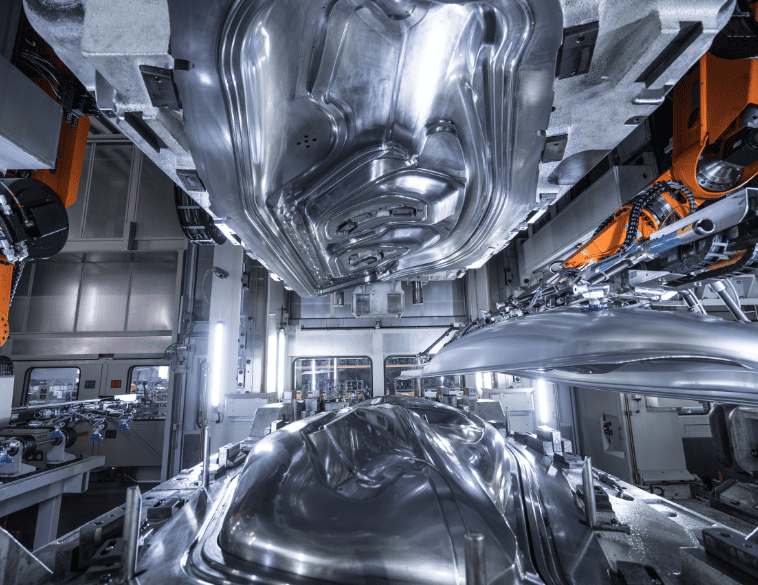BMW has announced that the company is investing in a method for CO2-free steel production developed by American startup Boston Metal, through its venture capital fund, BMW i Ventures.
Over the coming years, Boston Metal plans to expand the new method for steel production on an industrial scale.
“We systematically identify the raw materials and components in our supplier network with the highest CO2 emissions from production. Steel is one of them, but it is vital to car production. For this reason, we have set ourselves the goal of continuously reducing CO2emissions in the steel supply chain. By 2030, CO2 emissions should be about two million tonnes lower than today’s figure,” said Dr Andreas Wendt, member of the Board of Management of BMW AG responsible for Purchasing and Supplier Network.
Even with the dynamic ramp-up of electromobility, steel will remain an important building material for car bodies and many components.
Using electrons instead of coal for steel production
The blast furnaces used in conventional steel production generate carbon dioxide.
The startup Boston Metal uses electricity for its new technology, which, by means of an electrolysis cell, produces molten iron that is later processed into steel. If electricity from renewable energies is used for this process, then steel production is carbon-free.
BMW is now investing in the startup as part of its i Ventures activities.
Tadeu Carneiro, Chairman and CEO of Boston Metal: “Our investors span across the steel value chain, from the upstream mining and iron ore companies to the downstream end customer, and validate Boston Metal’s innovative process to produce high-quality steel, cost-competitively, and at scale.”
To safeguard reserves of raw materials, BMW has set itself the goal of further increasing its percentage of recycled raw materials, so-called secondary material, by 2030 and using raw materials multiple times in a circular economy.
The use of secondary material reduces CO2emissions substantially compared to primary material, conserves natural resources and also reduces the amount of energy needed for production.



